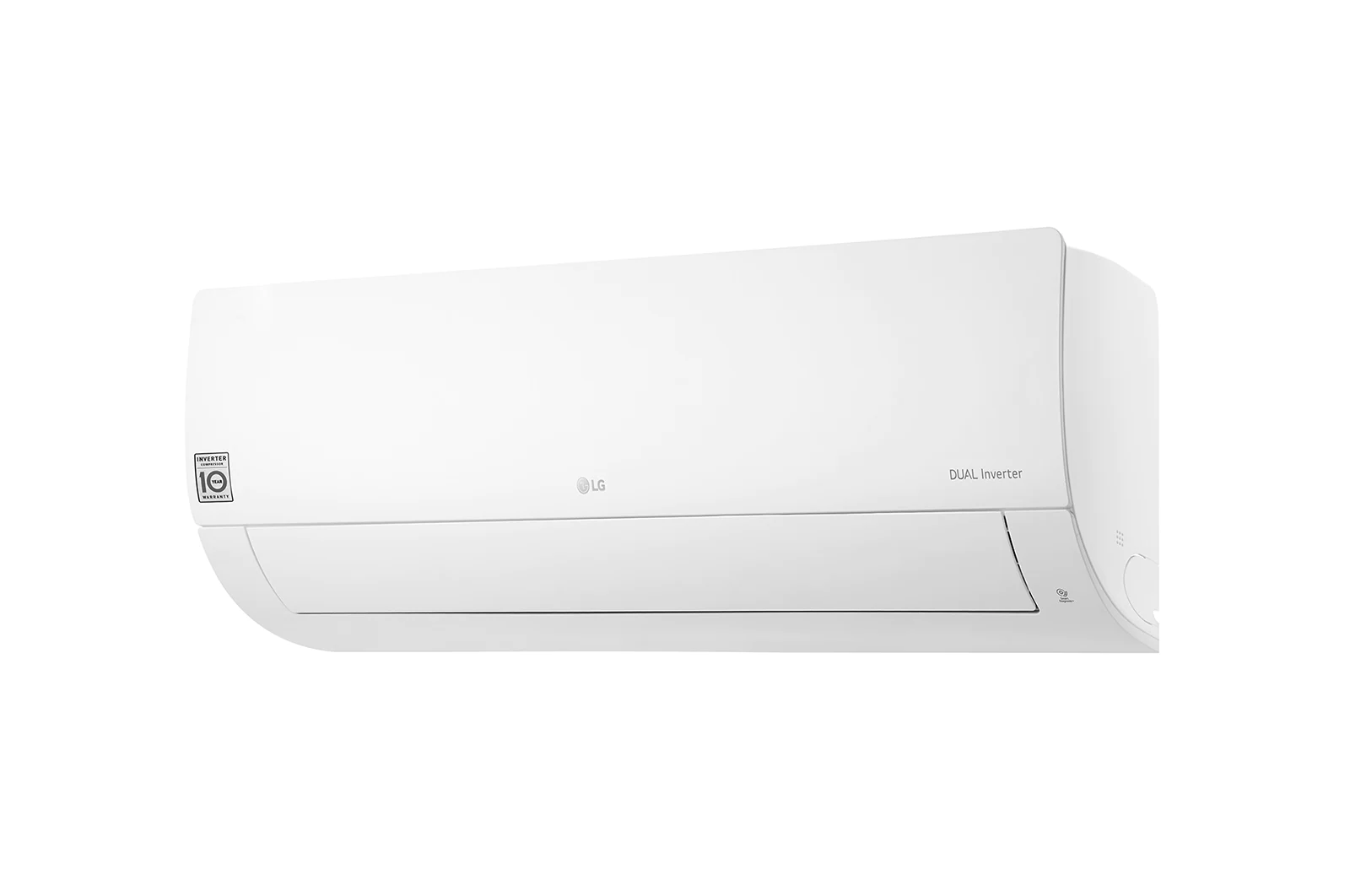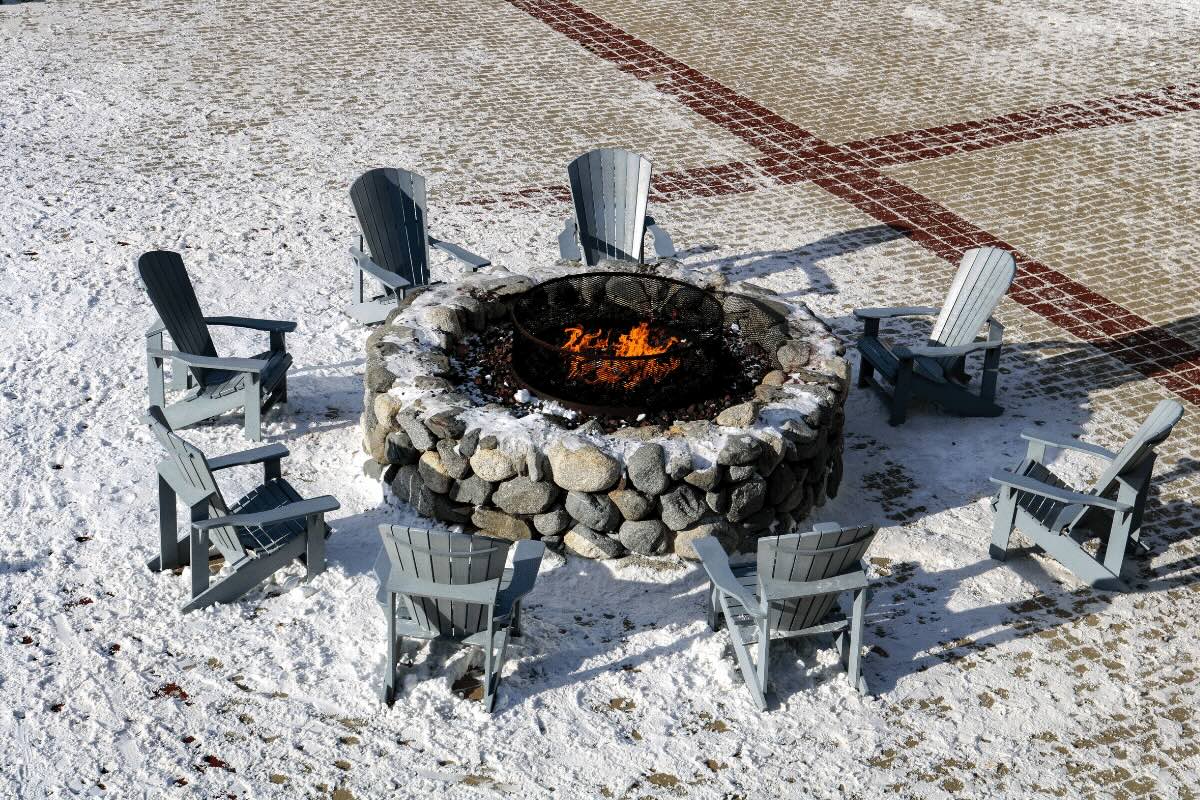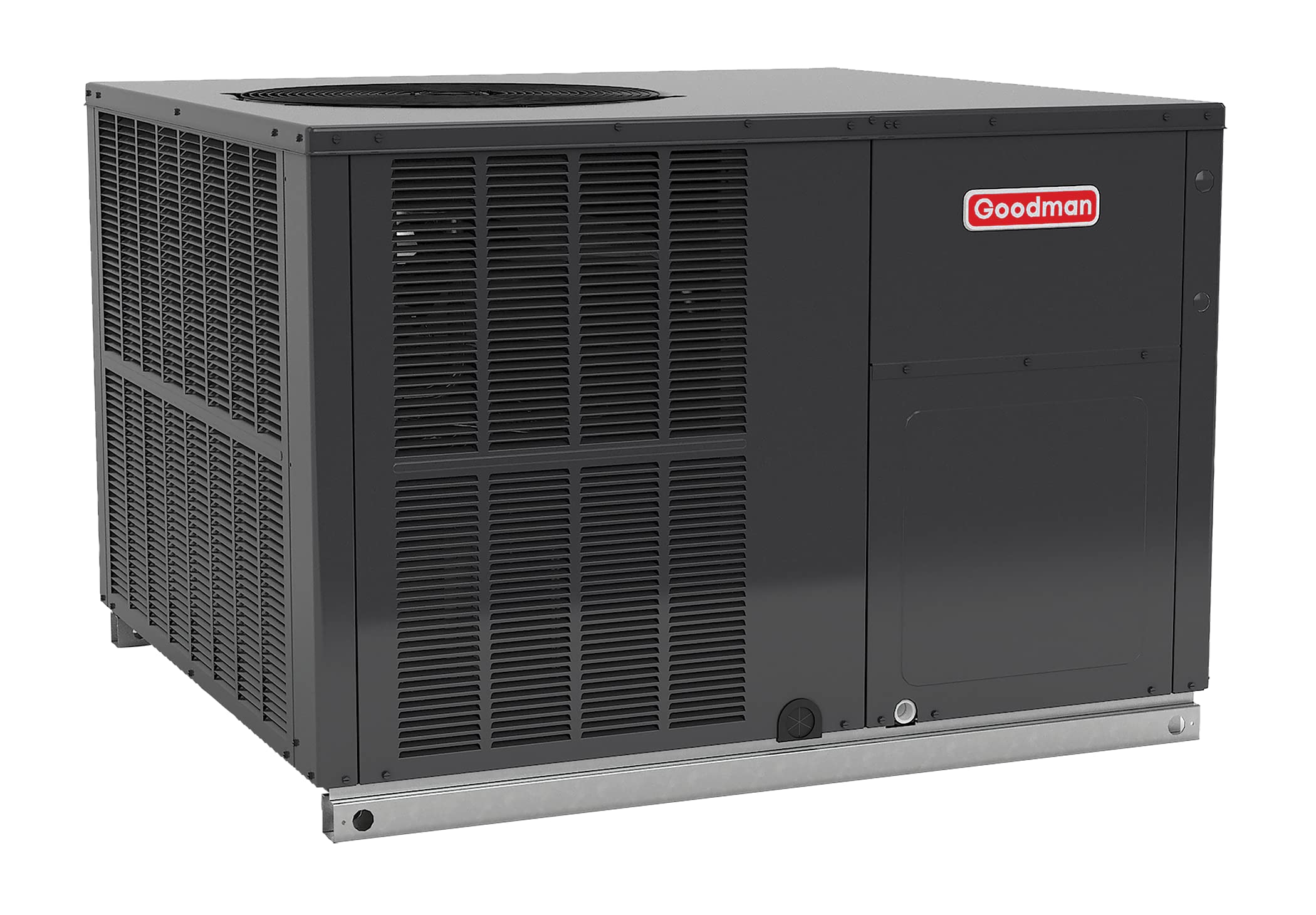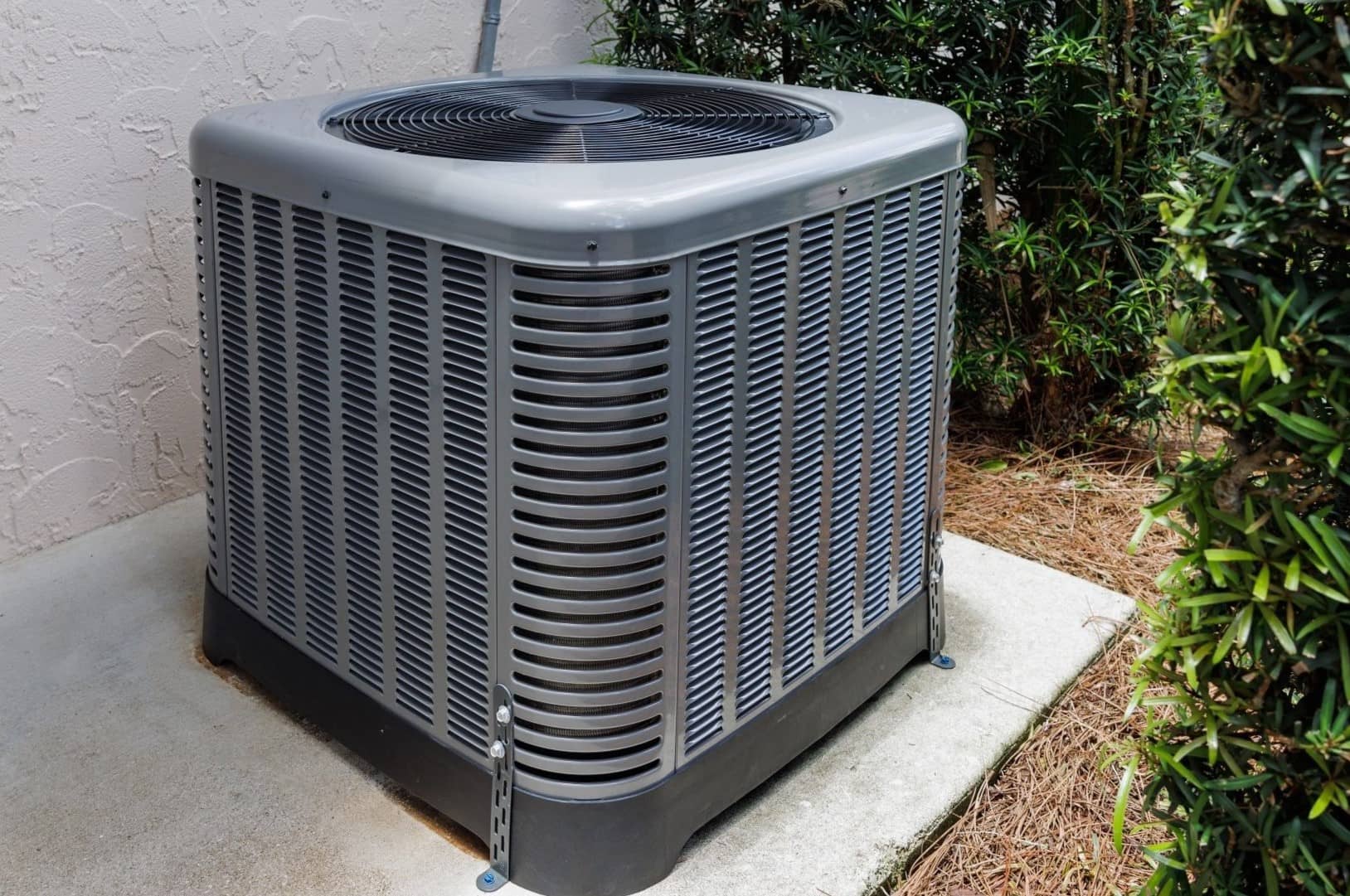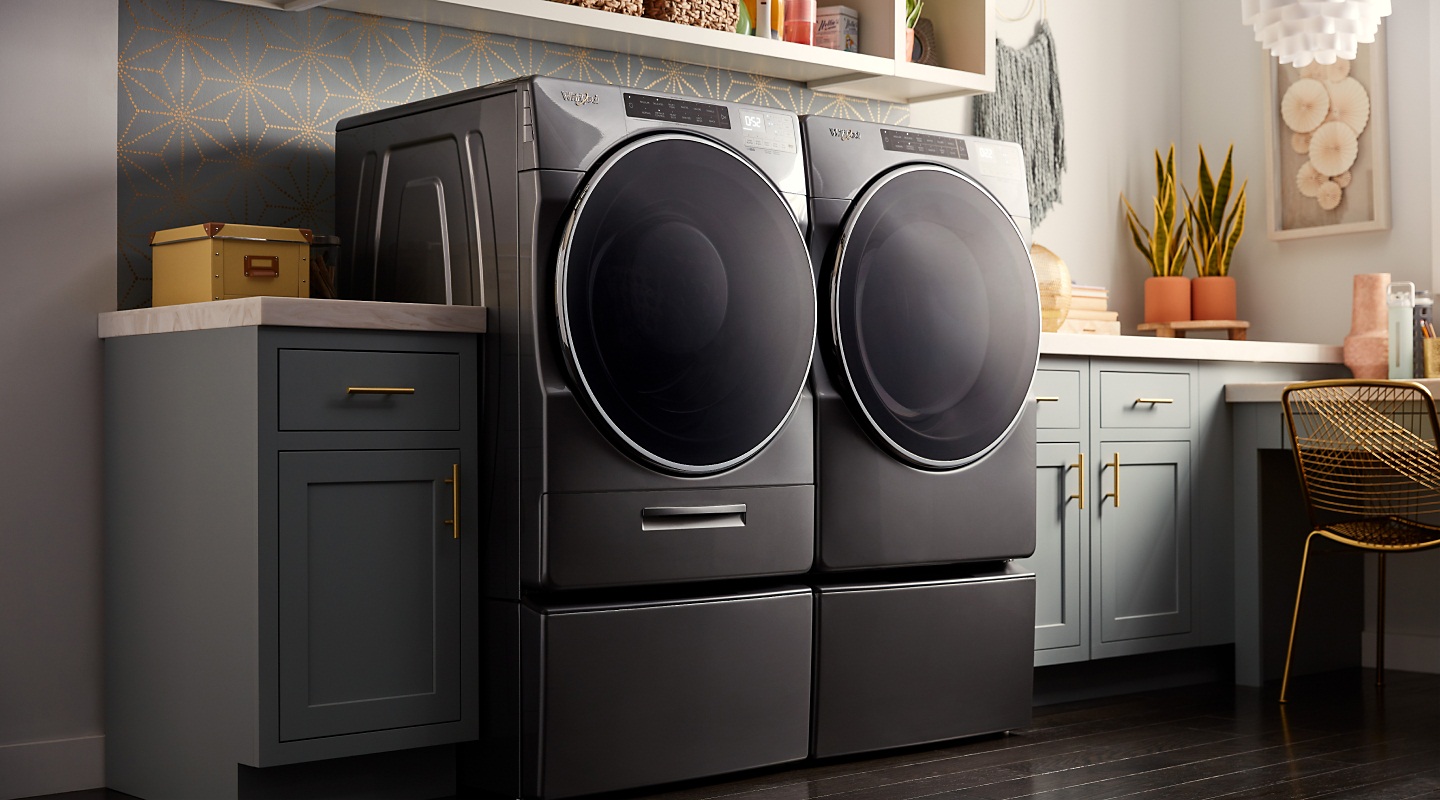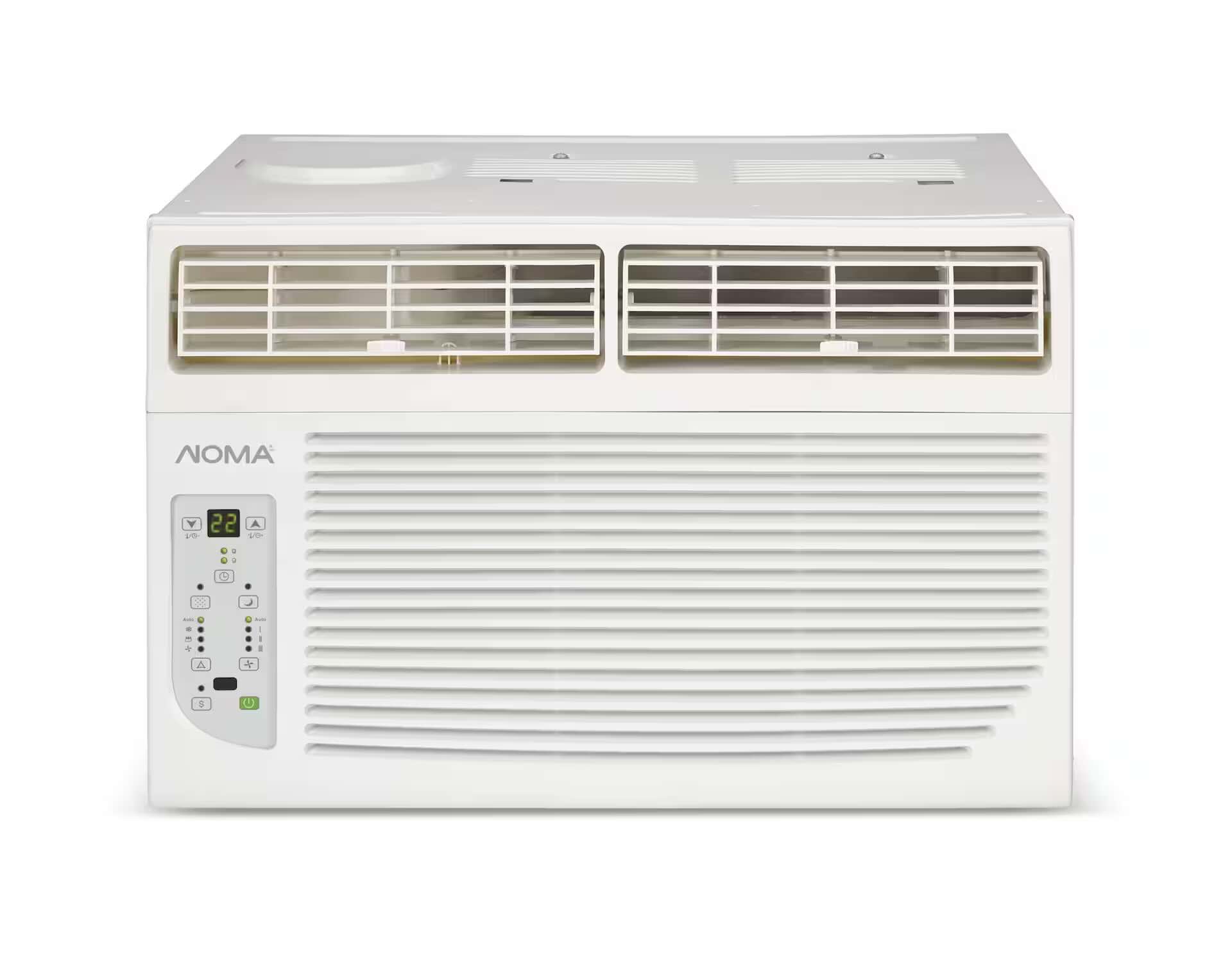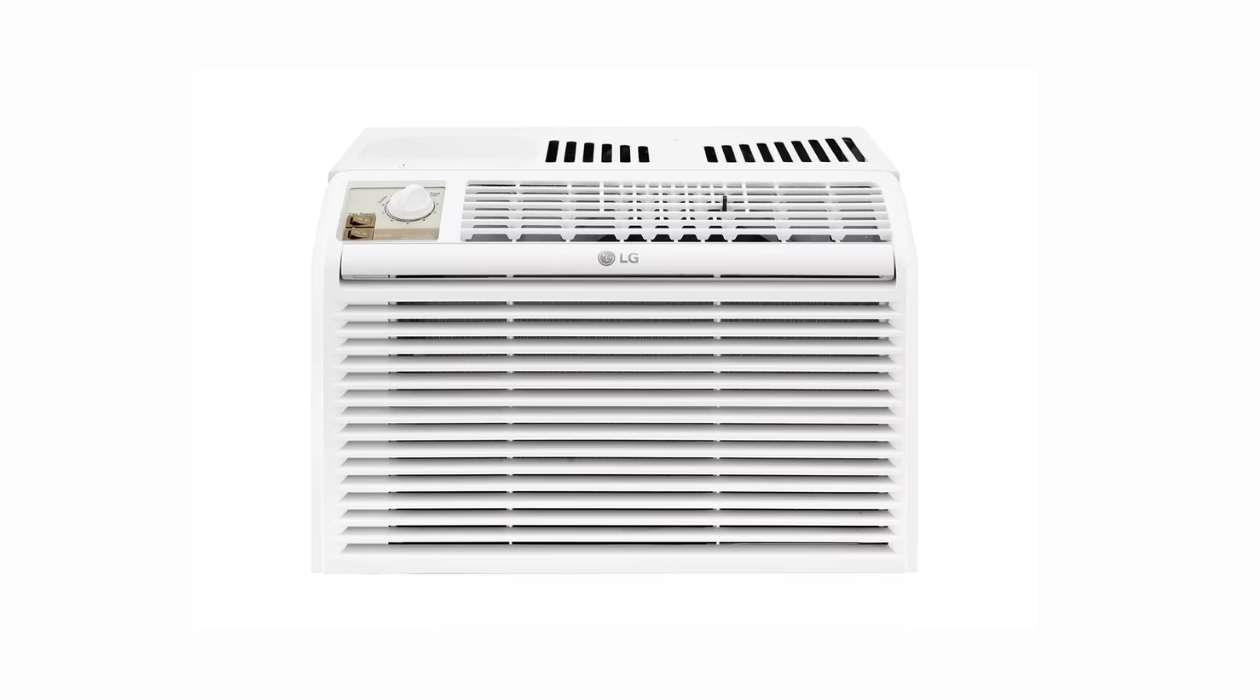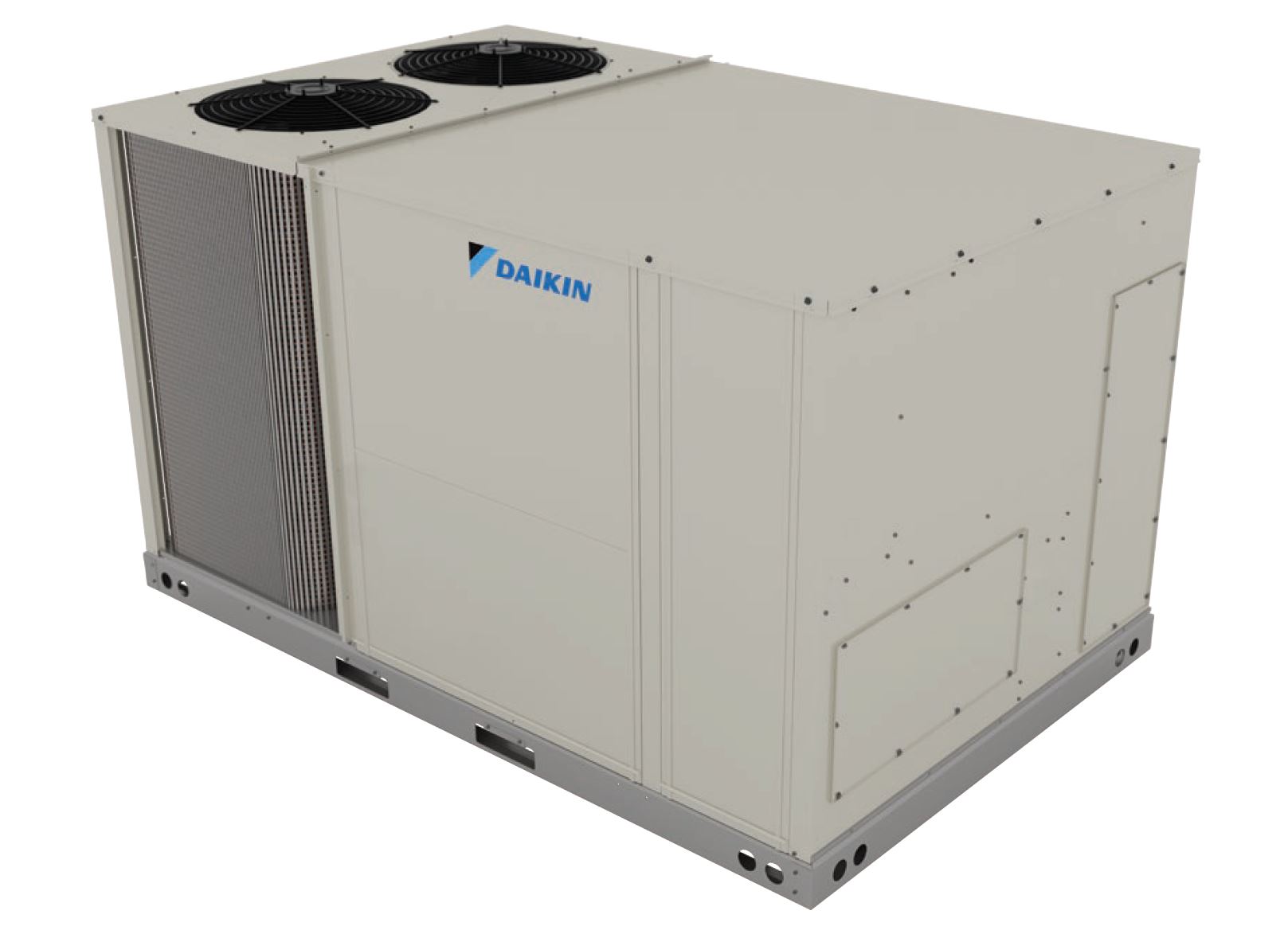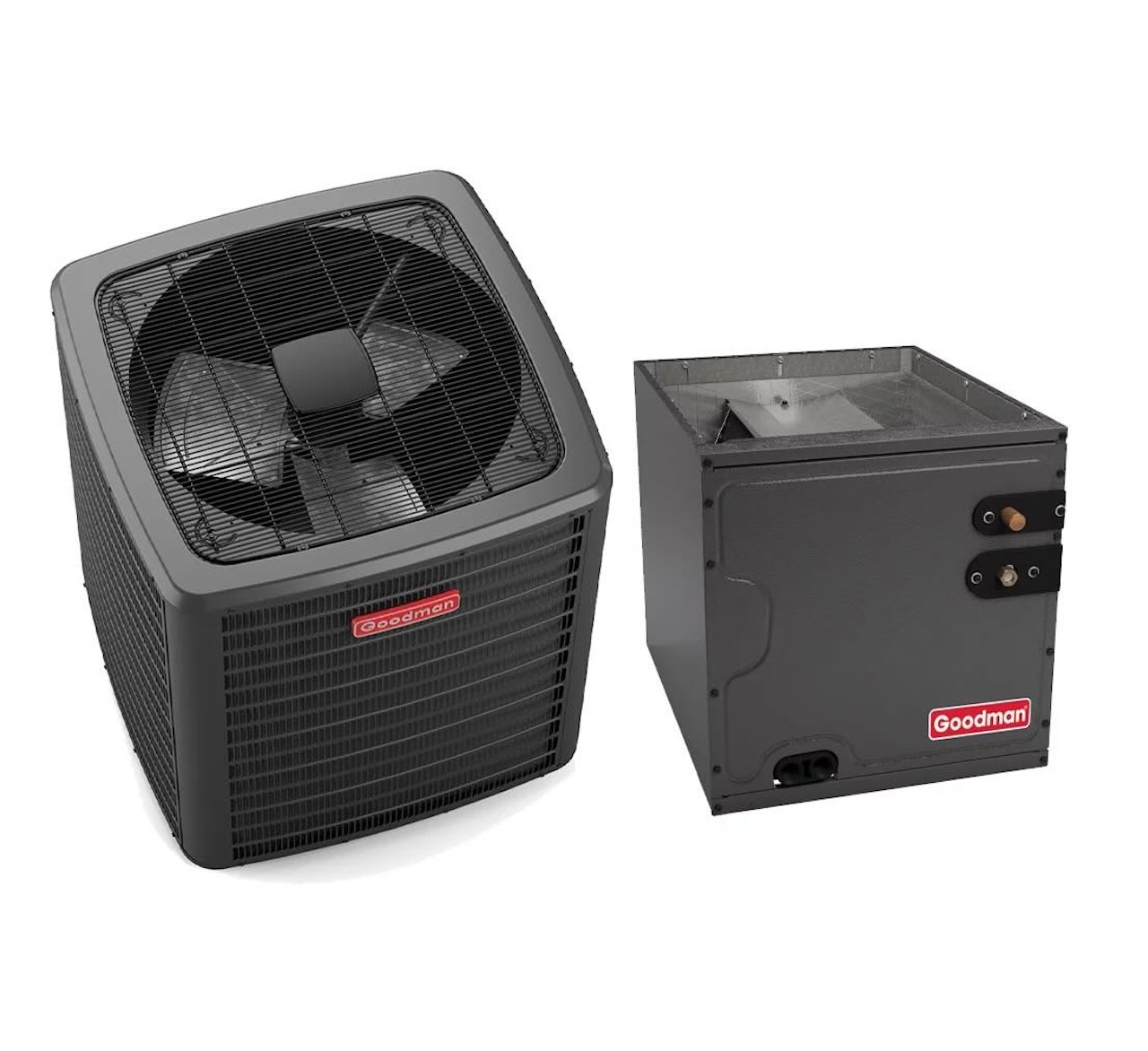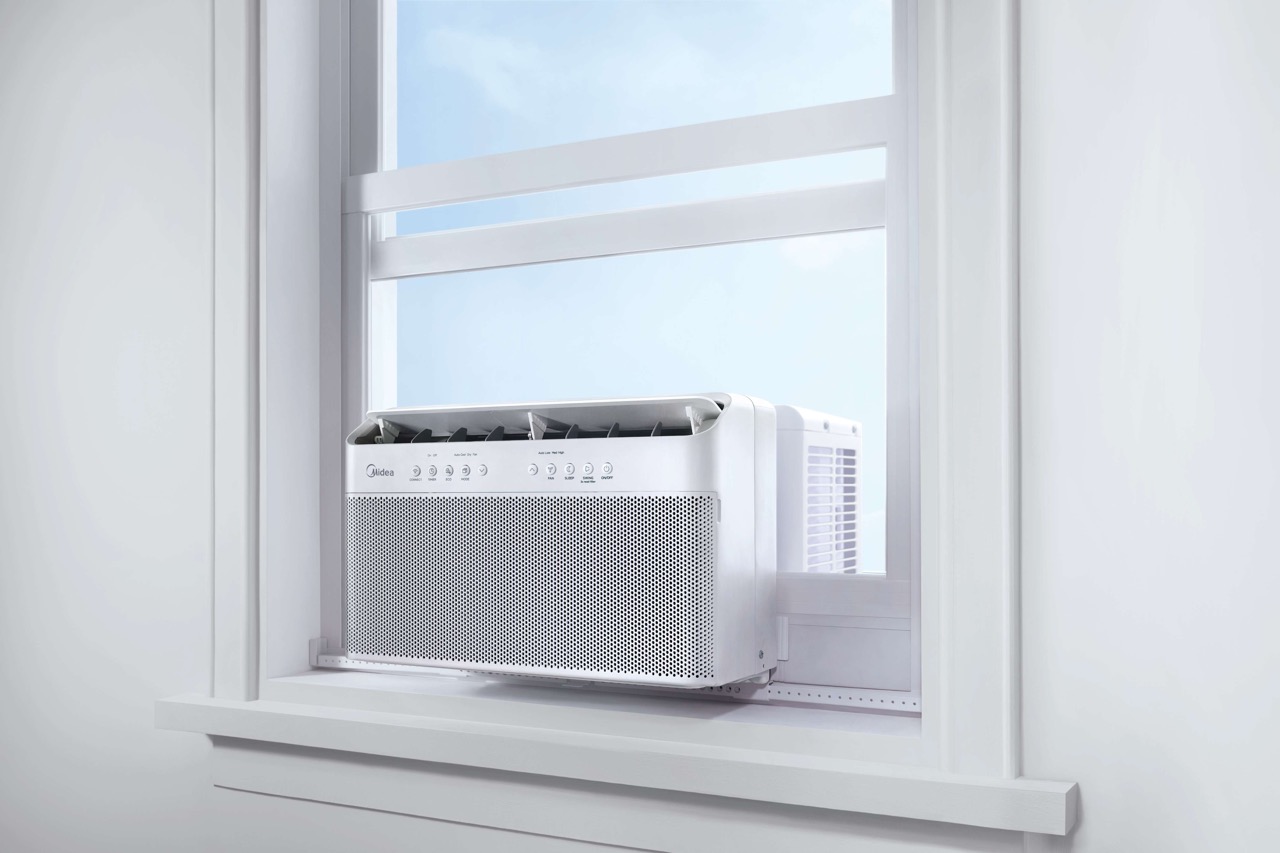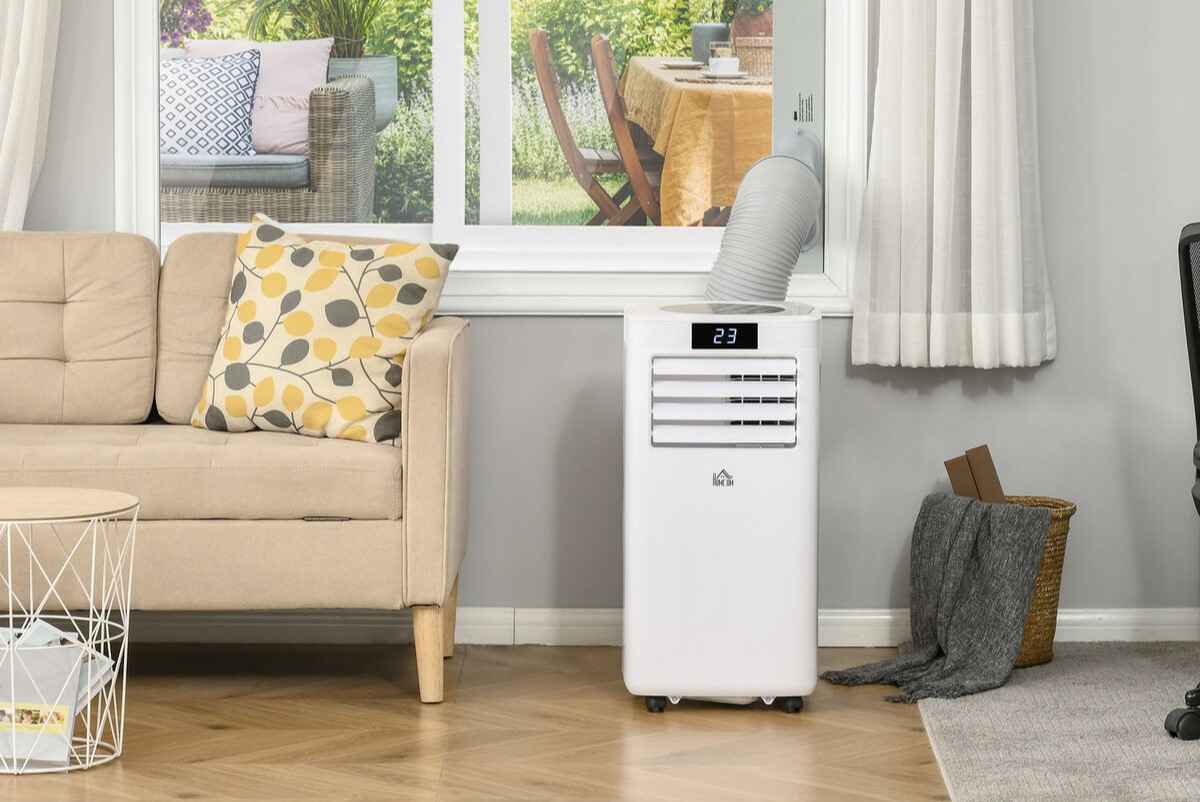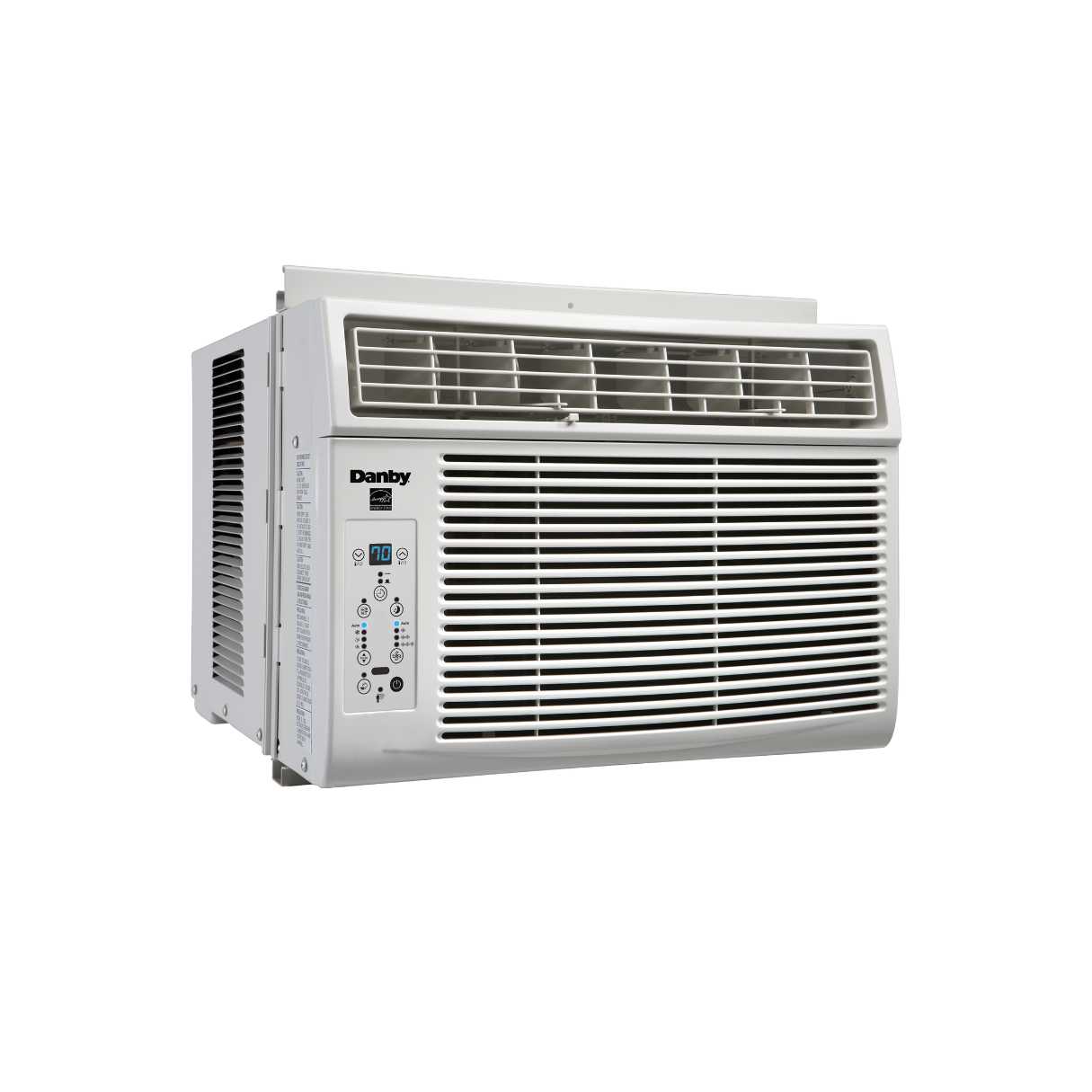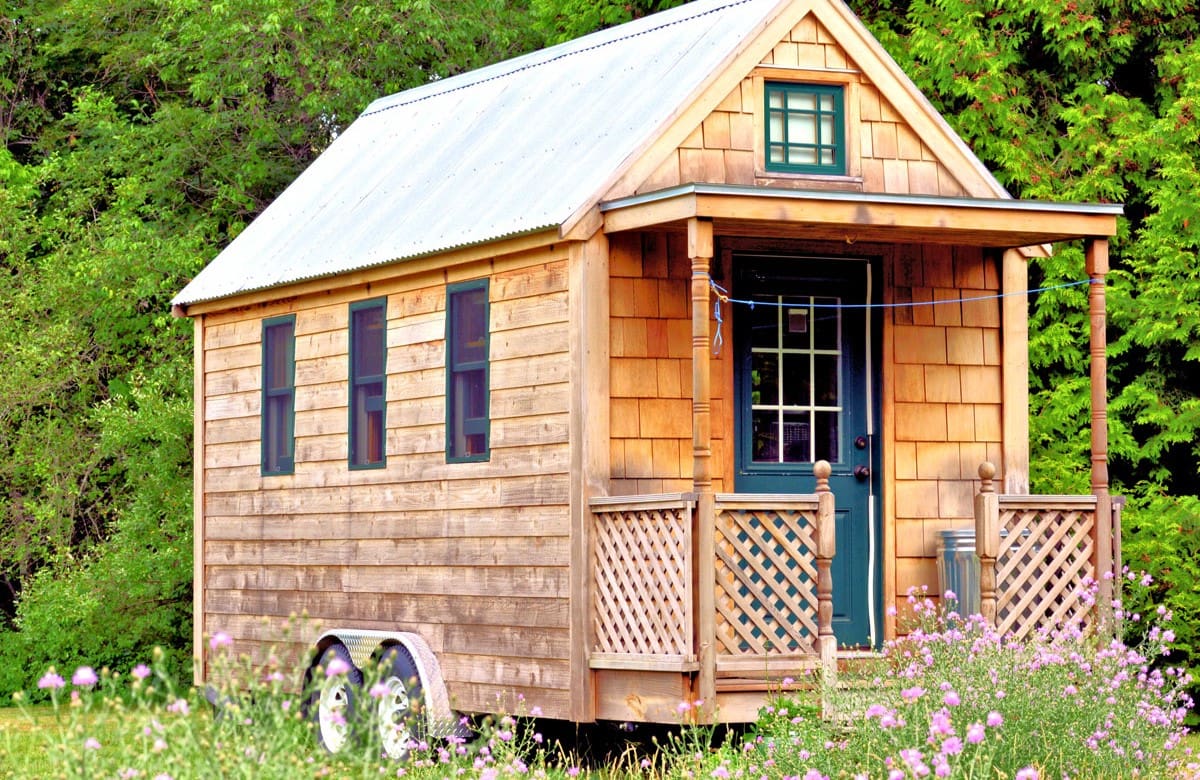Home>Home Maintenance>How Many BTU Is A Ton Of Air Conditioning
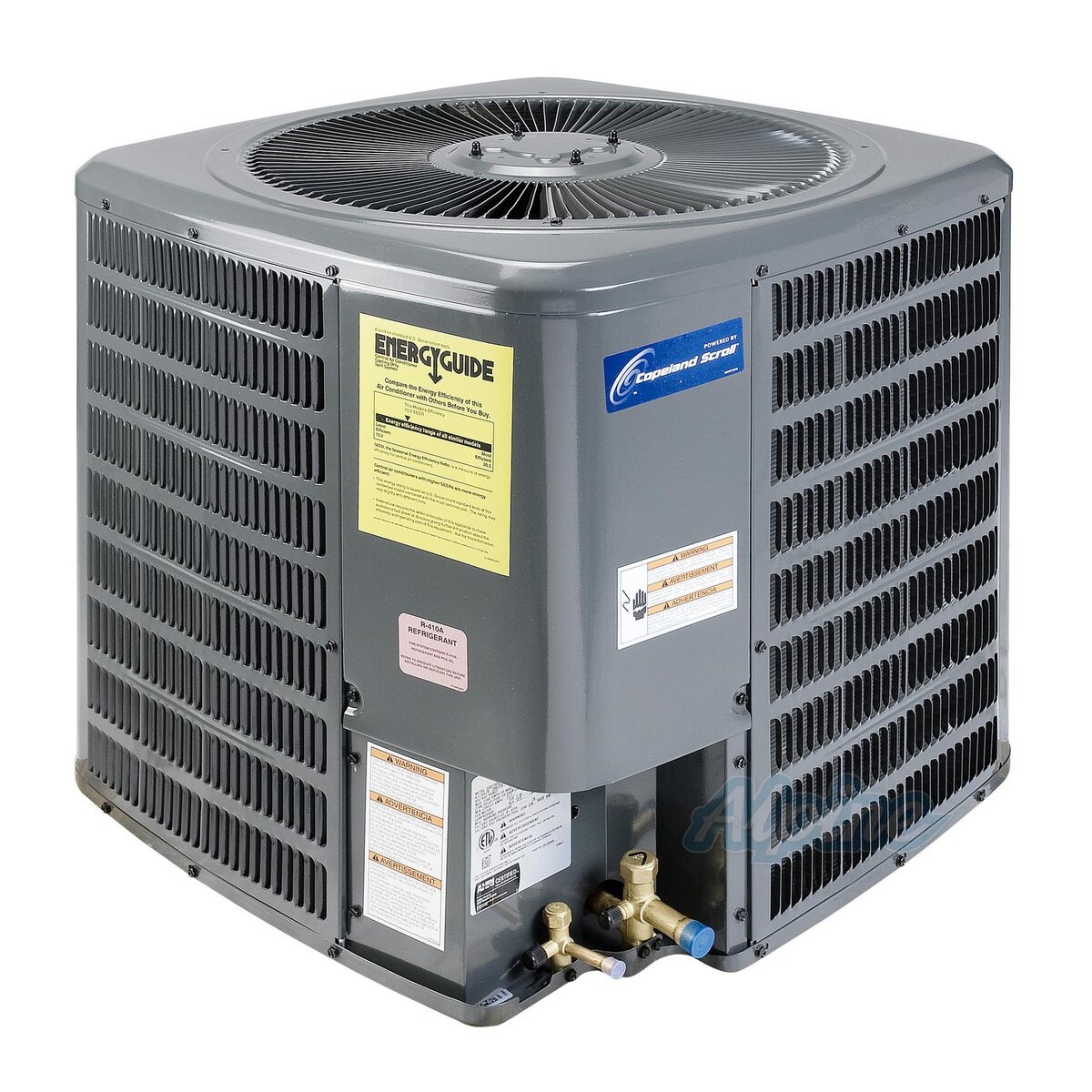

Home Maintenance
How Many BTU Is A Ton Of Air Conditioning
Modified: November 1, 2024
Discover how many BTU is in a ton of air conditioning and find out the importance of this home maintenance factor for optimal cooling efficiency.
(Many of the links in this article redirect to a specific reviewed product. Your purchase of these products through affiliate links helps to generate commission for Storables.com, at no extra cost. Learn more)
Introduction
Welcome to the world of air conditioning! Whether you’re looking to install a new air conditioning system or seeking to understand more about your existing unit, it’s important to have a good grasp of the technical terms and measurements involved. One of the key metrics used in the air conditioning industry is BTU, or British Thermal Units. BTU is a standard measurement used to quantify the amount of thermal energy required to raise or lower the temperature of a substance, in this case, air.
When it comes to air conditioning, another unit of measurement that often pops up is “ton.” This can be a bit confusing, as we typically associate the term “ton” with weight. However, in the context of air conditioning, a “ton” refers to the cooling capacity of the system. So, how many BTU is a ton of air conditioning? Let’s dive into it!
Key Takeaways:
- 1. A “ton” of air conditioning equals 12,000 BTU per hour, helping cool your space effectively. Factors like room size, insulation, and climate impact the BTU needed.
- 2. To convert tons to BTU, simply multiply the tons by 12,000. Consider room size, insulation, and appliances when calculating the BTU requirement for your air conditioning needs.
Read more: How Many Btu In 2 Ton Air Conditioner
Understanding BTU and Tons in Air Conditioning
Before we can determine how many BTU is a ton of air conditioning, let’s first understand the concepts of BTU and tons in the context of air conditioning.
BTU, as mentioned earlier, stands for British Thermal Unit. It is used to measure the amount of heat energy required to raise or lower the temperature of a substance. In the case of air conditioning, BTU is used to measure the cooling capacity of the system. The higher the BTU rating, the more cooling power the air conditioner has.
Now, let’s talk about tons. In air conditioning, a ton refers to the cooling capacity of the system. But why is it called a “ton”?
Back in the early days of air conditioning, ice was used to cool buildings. When mechanical refrigeration systems were developed to replace ice, the terminology stuck. A “ton” of cooling refers to the amount of cooling needed to freeze one ton (2,000 pounds) of ice in 24 hours. This historical reference has remained in use, even though modern air conditioning systems don’t rely on ice.
So, when we say “a ton of air conditioning,” we are referring to a cooling capacity of 12,000 BTU per hour. This means that a one-ton air conditioner can remove 12,000 BTU of heat from a space per hour.
Now that we understand the basics of BTU and tons, let’s explore how to calculate the BTU requirement for your air conditioning needs.
Calculating BTU for Air Conditioning
Calculating the BTU requirement for your air conditioning needs is crucial to ensure that you choose the right-sized system for your space. An air conditioner with insufficient BTU may struggle to cool the area effectively, while an oversized system may lead to excessive energy consumption and discomfort.
To calculate the BTU requirement, you need to consider several factors:
- The size of the room: The square footage of the room is a primary factor in determining the BTU requirement. Larger rooms require more BTU to cool efficiently.
- Insulation: The level of insulation in the room affects the rate at which heat transfers. Well-insulated rooms require fewer BTU compared to poorly insulated ones.
- Number of occupants: The more people in a room, the higher the BTU requirement. Each person produces heat, which needs to be accounted for.
- Windows and sunlight exposure: The number and size of windows, as well as the amount of direct sunlight the room receives, play a role in heat gain. Rooms with more windows and direct sunlight exposure tend to require higher BTU.
- Heat-generating appliances: Consider the heat produced by appliances such as computers, kitchen equipment, and lighting fixtures, as they contribute to the overall heat load.
- Climatic conditions: Your location and the climate you live in also impact the BTU requirements. Warmer climates generally require higher BTU compared to cooler regions.
Once you have gathered the necessary information, you can use a BTU calculator or follow a simple formula to estimate the BTU requirement:
BTU = (Room Area x Insulation Factor) + (Number of Occupants x 600) + (Window BTU) + (Appliance Heat) + (Climatic Adjustment)
The “Insulation Factor” ranges from 1.0 to 1.5, with 1.0 representing poor insulation and 1.5 representing excellent insulation. The “Window BTU” is calculated by multiplying the area of the window by a specific BTU value based on its type (single pane, double pane, etc.). The “Appliance Heat” is determined by adding up the BTU ratings of all heat-generating appliances in the room. The “Climatic Adjustment” factor varies depending on your location and climate.
By following this formula and considering the relevant factors, you can get a rough estimate of the BTU requirement for your air conditioning needs. Keep in mind that it’s always best to consult with a professional HVAC technician for accurate calculations and recommendations.
Now that we have determined how to calculate the BTU requirement, let’s explore how many BTU is equivalent to a ton of air conditioning in the next section.
One ton of air conditioning is equal to 12,000 BTUs per hour. This means that a 2-ton air conditioner can produce 24,000 BTUs per hour, and a 3-ton air conditioner can produce 36,000 BTUs per hour, and so on.
Converting Tons to BTU
To convert tons to BTU, we need to understand the relationship between the two units. As mentioned earlier, a “ton” of cooling in air conditioning refers to a capacity of 12,000 BTU per hour.
To convert from tons to BTU, you simply multiply the number of tons by 12,000. For example, if you have a 2-ton air conditioning system, the equivalent BTU would be:
2 tons x 12,000 BTU per ton = 24,000 BTU
So, a 2-ton air conditioner has a cooling capacity of 24,000 BTU per hour. It’s important to note that this is the cooling capacity, and the actual cooling output may vary depending on factors such as room size, insulation, and other conditions mentioned earlier.
Conversely, if you have the BTU rating and want to convert it to tons, you can divide the BTU value by 12,000. For example, if you have an air conditioner rated at 36,000 BTU per hour, the equivalent tonnage would be:
36,000 BTU / 12,000 BTU per ton = 3 tons
Therefore, a 36,000 BTU per hour air conditioner has a cooling capacity of 3 tons.
Understanding the relationship between tons and BTU allows you to compare different air conditioning systems and choose the right-sized unit for your cooling needs. Keep in mind that factors such as room size, insulation, and other considerations mentioned earlier will also play a significant role in determining the appropriate cooling capacity for your space.
Now that we know how to convert tons to BTU and vice versa, let’s explore the factors that affect the BTU requirements for air conditioning in the next section.
Factors Affecting BTU Requirements for Air Conditioning
When determining the BTU requirements for air conditioning, it’s important to consider various factors that can affect the cooling load of a space. These factors play a crucial role in ensuring that the air conditioning system is capable of providing optimal comfort and efficient cooling. Let’s explore some of the key factors:
- Room size: The area or square footage of the room is a primary factor in determining the BTU requirement. Larger rooms tend to have higher cooling loads and require more BTU to achieve the desired temperature.
- Insulation: Well-insulated spaces retain cool air better, reducing the cooling load and BTU requirement. On the other hand, poorly insulated areas may require higher BTU to counteract heat transfer from outside sources.
- Climate: The climate and geographic location affect the BTU requirements. Warmer climates typically require higher BTU due to higher ambient temperatures.
- Number of occupants: The number of people occupying a space generates heat, increasing the cooling load. Consider the average number of occupants when calculating the BTU requirement.
- Windows and sunlight: Windows allow heat to enter the room, increasing the cooling load. The size and number of windows, as well as their orientation to the sun, affect the BTU requirement. Rooms with large windows or direct exposure to sunlight may require higher BTU.
- Appliances and electronics: Heat-generating appliances such as computers, lighting fixtures, and kitchen equipment contribute to the overall cooling load. Take into account the BTU output of these devices when determining the BTU requirement.
- Ceiling height: Rooms with higher ceilings have greater volume, resulting in increased cooling load. Consider the height of the ceiling when calculating the BTU requirement.
- Heat generated from activities: Activities that generate heat, such as cooking or using certain equipment, contribute to the cooling load. Take these activities into account when determining the BTU requirement.
By considering these factors, you can more accurately determine the BTU requirement for your air conditioning system. It’s important to note that professional HVAC technicians can perform detailed calculations and take into account specific factors in order to provide precise BTU recommendations.
Now that we’ve explored the factors affecting BTU requirements, it’s clear that a thorough assessment of the space and its unique characteristics is necessary to ensure optimal cooling comfort and energy efficiency.
Conclusion
Understanding the relationship between BTU and tons in air conditioning is essential when it comes to choosing the right-sized unit for your cooling needs. While a ton of air conditioning refers to a cooling capacity of 12,000 BTU per hour, factors such as room size, insulation, climate, number of occupants, and heat-generating appliances can affect the actual BTU requirement.
Calculating the BTU requirement for your air conditioning needs involves considering the square footage, insulation, number of occupants, windows, appliances, and climatic conditions. By using a formula that takes into account these factors, you can estimate the appropriate BTU rating for your space.
Converting tons to BTU is a simple process – just multiply the number of tons by 12,000. Conversely, to convert BTU to tons, divide the BTU value by 12,000. These conversions allow for easier comparison between different air conditioning systems and help you make an informed decision when selecting the right-sized unit for your cooling needs.
Remember, it’s important to consult with a professional HVAC technician who can perform accurate calculations and provide personalized recommendations based on the specific requirements of your space.
Considering factors such as room size, insulation, climate, number of occupants, windows, and heat-generating appliances will ensure that the air conditioning system delivers optimal cooling comfort and energy efficiency. By taking these factors into account, you can make an informed decision when selecting the right-sized air conditioning unit for your home or commercial space.
In conclusion, understanding BTU and tons in air conditioning, calculating the BTU requirement, and considering the factors that affect BTU requirements are all vital steps to ensure the efficient and effective cooling of your space. By making informed decisions based on these factors, you can enjoy a comfortable and energy-efficient environment for years to come.
Frequently Asked Questions about How Many BTU Is A Ton Of Air Conditioning
Was this page helpful?
At Storables.com, we guarantee accurate and reliable information. Our content, validated by Expert Board Contributors, is crafted following stringent Editorial Policies. We're committed to providing you with well-researched, expert-backed insights for all your informational needs.
